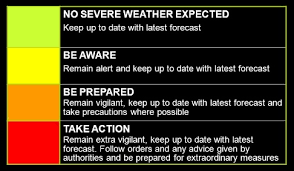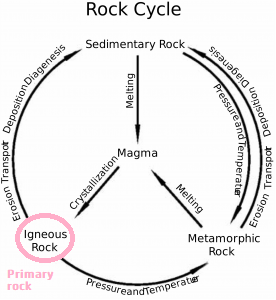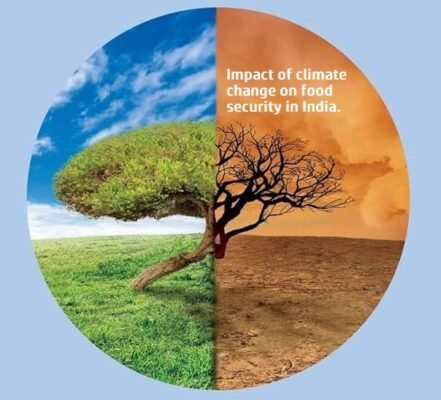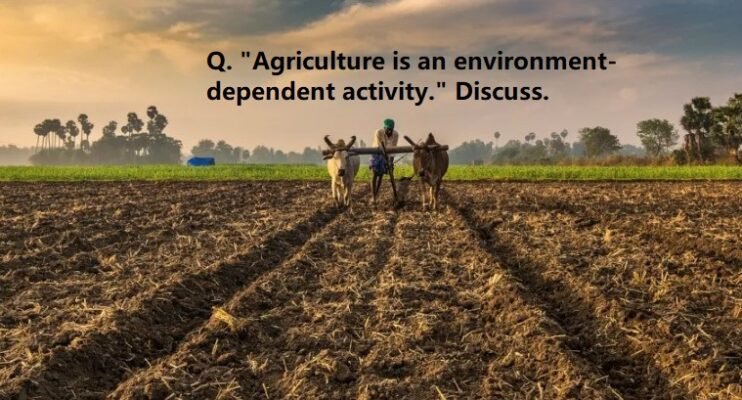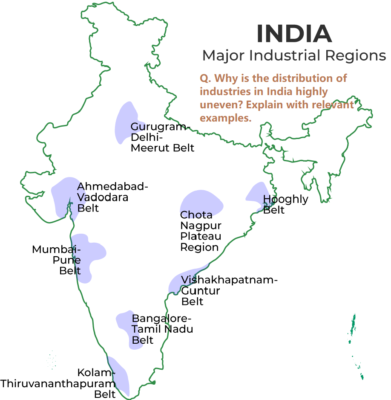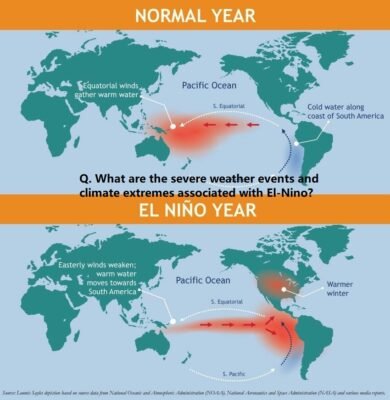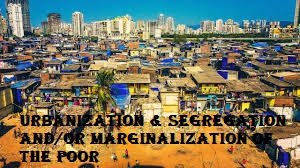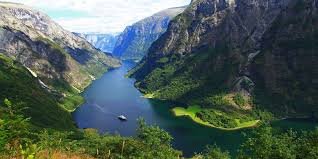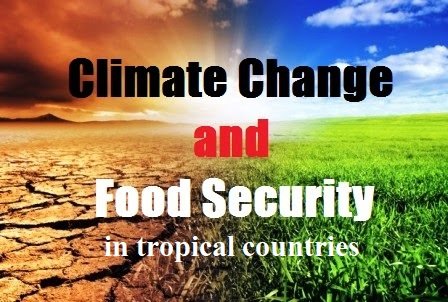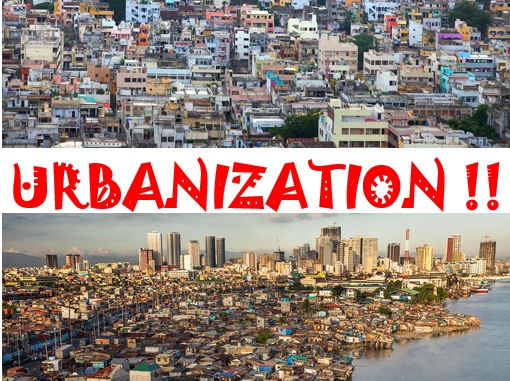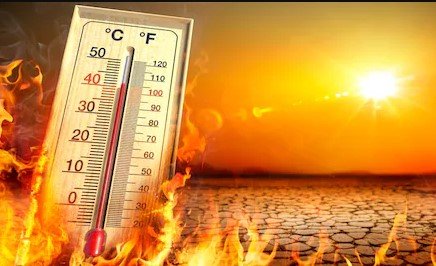Geography
latest posts
Q.16. What is a twister? Why are the majority of twisters observed in areas around the Gulf of Mexico? [UPSC 2024 GS P-1]
A twister, commonly known as a tornado, is a rapidly rotating column of air that [...]
read moreQ.15. What are aurora australis and aurora borealis? How are these triggered? [UPSC 2024 GS P-1]
The Aurora Australis (Southern Lights) and Aurora Borealis (Northern Lights) are natural light displays that [...]
read moreQ.14. The groundwater potential of the gangetic valley is on a serious decline. How may it affect the food security of India? [UPSC 2024 GS P-1]
The decline in the groundwater potential of the Gangetic Valley poses a significant threat to [...]
read moreQ.7. What is the concept of a ‘demographic winter’? Is the world moving towards such a situation? Elaborate. [UPSC 2024 GS P-1]
The concept of “demographic winter” refers to a situation where a society or country experiences [...]
read moreQ.6. What is the phenomenon of ‘cloudbursts’? Explain. [UPSC 2024 GS P-1]
A cloudburst is an extreme weather phenomenon characterized by an intense and sudden downpour of [...]
read moreSep
Q.5. Why do large cities tend to attract more migrants than smaller towns? Discuss in the light of conditions in developing countries. [UPSC 2024 GS P-1]
Large cities tend to attract more migrants than smaller towns for several reasons, especially in [...]
read moreQ.4. What is sea surface temperature rise? How does it affect the formation of tropical cyclones? [UPSC 2024 GS P-1]
Sea Surface Temperature (SST) Rise refers to the increase in the temperature of the ocean’s [...]
read moreQ.7. Examine the potential of Wind energy in India and explain the reasons for their limited spatial spread. [UPSC 2022 GS P-1]
Potential of Wind Energy in India India has immense potential for wind energy due to [...]
read moreQ.6. Discuss the natural resource potentials of ‘Deccan Trap’. [UPSC 2022 GS P-1]
The Deccan Traps, a large volcanic province in west-central India, are known for their vast [...]
read moreSep
Q.5. Discuss the meaning of colour-coded weather warnings for cyclone prone areas given by India Meteorological Department. [UPSC 2022 GS P-1]
The India Meteorological Department (IMD) issues color-coded weather warnings to alert people and authorities in [...]
read moreSep
Q.4. Describe the characteristics and types of primary rocks. [UPSC 2022 GS P-1]
Primary rocks, also known as igneous rocks, are formed from the solidification and cooling of [...]
read moreSep
Q. Discuss the impact of climate change on food security in India.
Climate change significantly impacts food security in India, a country heavily reliant on agriculture for [...]
read moreAug
Q. Examine the beneficial outcomes stemming from India’s National River Linking Project.
India’s National River Linking Project (NRLP) aims to transfer water from surplus river basins to [...]
read moreJul
Q. “Agriculture is an environment-dependent activity.” Discuss.
Agriculture is intrinsically linked to the environment, relying heavily on various environmental factors for successful [...]
read moreJul
Q. Why is the distribution of industries in India highly uneven? Explain with relevant examples.
The distribution of industries in India is highly uneven due to a combination of historical, [...]
read moreJul
Q. What are the severe weather events and climate extremes associated with El-Nino?
El Niño, a climatic phenomenon characterized by the warming of sea surface temperatures in the [...]
read moreJul
Q.18. Does urbanization lead to more segregation and/or marginalization of the poor in Indian metropolises? [UPSC 2023 GS P-1]
Urbanization in Indian metropolises often leads to unequal access to basic services such as water, [...]
read moreJun
Q.17. From being net food importer in 1960s, India has emerged as a net food exporter to the world. Provide reasons. [UPSC 2023 GS P-1]
India’s remarkable transformation from a net food importer to a net food exporter can [...]
read moreJun
Q.15. Identify and discuss the factors that influence responsible for the development diversity of natural vegetation in India. Assess the significance of wildlife sanctuaries in rain forest regions of India. [UPSC 2023 GS P-1]
Factors Responsible for Diversity of Natural Vegetation in India: Geographic Variation: India’s extensive and varied [...]
read moreQ.14. Comment on the resource potentials of the long coastline of India and highlight the status of natural hazard preparedness in these areas? [UPSC 2023 GS P-1]
India’s extensive coastline, stretching over 7,500 kilometers, holds immense resource potential and strategic significance. Let’s explore [...]
read moreQ.6. How are the fjords formed? Why do they constitute some of the most picturesque areas of the world? [UPSC 2023 GS P-1]
Formation of Fjords: Fjords are long, deep, narrow bodies of water that reach far inland, [...]
read moreJun
Q.5. Why is the world today confronted with a crisis of availability of and access to freshwater resources? [UPSC 2023 GS P-1]
The world today faces a crisis of freshwater availability and access due to a complex [...]
read moreJun
Q.4. Discuss the consequences of climate change on the food security in tropical countries. [UPSC 2023 GS P-1]
Climate change has significant consequences for food security in tropical countries, affecting availability, accessibility, utilization, [...]
read moreJun
Q. Examine the causes and consequences of urbanization in India. What are the challenges of urban planning and sustainable urban development?
Urbanization refers to the population shift from rural to urban areas, resulting in a decrease in [...]
read moreMay
Heat Wave Alert: IMD Issues Red Alert Across North India for Next 5 Days
Understanding the Heat Wave and IMD’s Red Alert A heat wave is a prolonged period [...]
read moreMay
Q. Discuss the consequences of climate change on the food security in tropical countries. [UPSC 2023 GS P-1]
Climate change is the long-term alteration of temperature and typical weather patterns in a place, [...]
read more



